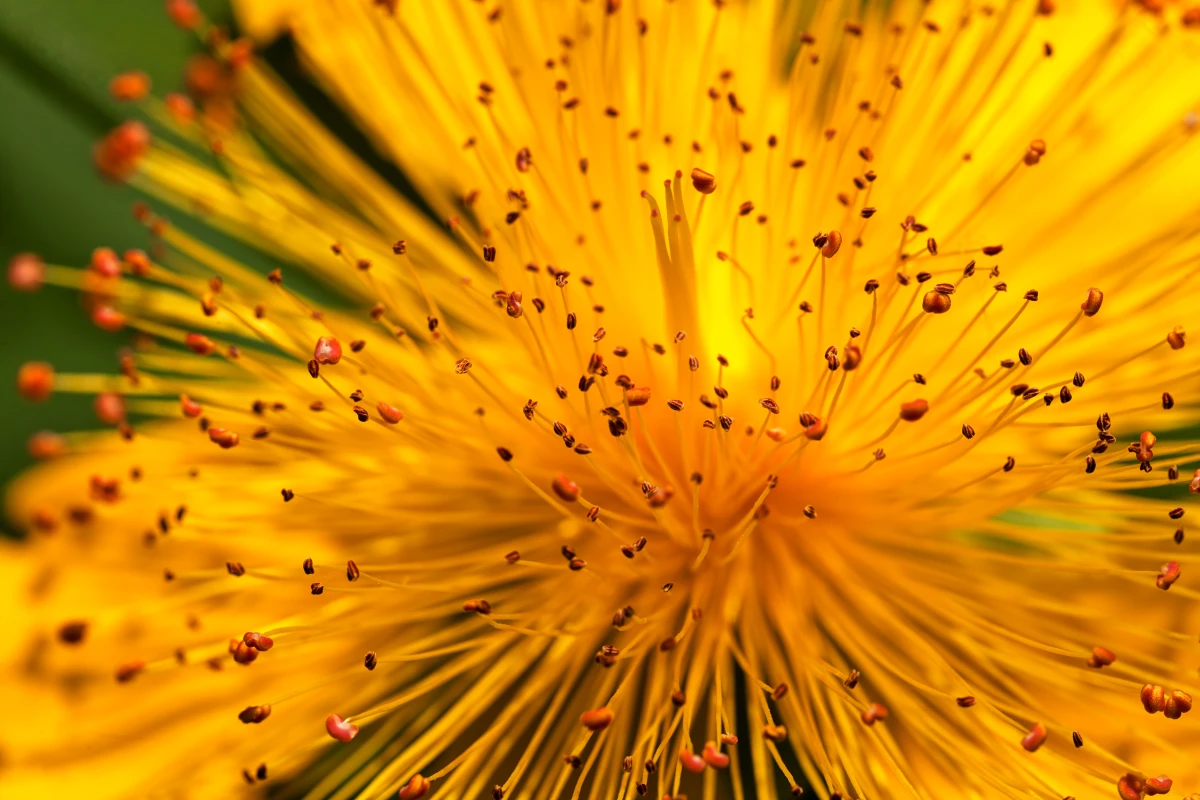If evolutionary biologists are the detectives of the natural world’s past mysteries, then the phylogenic tree is their version of a cork board of crime-scene suspects linked together with red string and thumbtacks.
And the latest revelations out of this form of biological investigative work is that an insect, but not a bee, that transported the very first package of pollen to another plant some 140 million years ago, kicking off the propagation of flora that has spawned around 400,000 species now occupying nearly 90% of Earth’s land (and some water).
Combining molecular data to make a state-of-the-art phylogenic tree, and observing insect and plant fossils, scientists from the Botanic Gardens of Sydney, Macquarie University, the Hawkesbury Institute of the Environment and UNSW Sydney, all in Australia, have illustrated the history of plant pollination, and they're confident the first organism on the scene was not a bee.
Why? Most evidence suggests it predates bee existence, and the insect would have been small, since this first flower would have been nothing like the elaborate animal-attracting designs we know today.
The most likely suspect, researchers say, is a small fly, beetle, perhaps a midge or even an insect long gone from the planet.
To unravel this mystery, researchers pieced together an intricate tree of all families of flowering plants, featuring 1,160 species with a lineage reaching back some 145 million years. With this, they traced the pollinators of these plants, observed how it changed over time and noted key evolutionary transitions.

Mapping insects, vertebrates (which includes hummingbirds and bats), wind and water, the team found that bugs have been responsible for around 86% of plant pollination throughout history and remain the dominant force to this day.
“The evolutionary tree shows us what plant families evolved when,” said lead author, Macquarie University PhD student Ruby E. Stephens. “By running different models, we can map backwards from what pollinates a plant in the present, to what might have pollinated the ancestor of that plant in the past.”
And while the researchers observed that wind pollination had evolved 42 times across history, there was little evidence of the process reversing to an animal again. Through this, the scientists are confident that the original pollinator was, in fact, an insect.
Both plants and insects existed on Earth for millions of years before flowering flora (angiosperms) came along. Now, around 90% of plants are of the flowering kind that rely on pollination. These plants are, of course, crucial for food, industry, habitats and biodiversity, and overall life on Earth.
Plants have also evolved clever strategies to maximize their chances of sticking around, including developing elaborate color, shapes, alluring scents and even sexual mimicry to attract animals. Many then offer gifts such as food, water and nectar to ensure this mutually beneficial relationship continues.
While scientists can’t definitively say what animal was the first courier of flowering plant life, the study highlights the incredibly important role insects play in maintaining life on Earth.
“This is a significant discovery, revealing a key aspect of the origin of almost all plants on Earth today," said Stephens. "Plants are the lifeblood of our planet, and our study highlights the importance of insects to plant reproduction throughout Earth’s history.”
The research was published in the journal New Phytology.
Source: University of New South Wales






